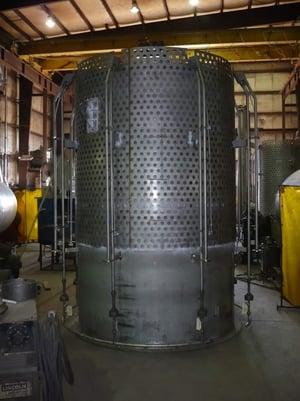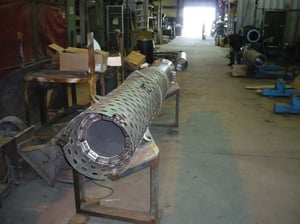
Petrochemical Industries Company (PIC), Kuwait is currently operating two Ammonia Plants and three Urea Plants for the manufacture of liquid ammonia and Urea granules. The total capacities of the respective Ammonia plants and Urea Plants are 1880 MTPD and 3150 MTPD. Ammonia Plants are based on M/s Haldor Topsoe technology and Urea Plants are based on Stamicarbon Stripping technology. The first Ammonia/Urea plants were commissioned in the year 1966. Over the years, PIC have installed additional ammonia and urea plants. In the year 1970, two ammonia and two Urea plants were added. With the installation of another ammonia plant in the year 1984, the production capacity of PIC's Ammonia and Urea complex became the biggest in the Middle East.
PIC has always been very proactive in working with the community to meet or exceed all environmental requirements. The goal of the facility is to always be ahead of any mandatory requirements.
HISTORY:
Flares have been used for the disposal of ammonia vapors since the early 1970’s. Many of the ammonia storage tanks that were installed in the 70’s, and 80’s were equipped with small flares that were designed to combust the vapors that were generated due to breathing and loading of these large storage tanks. The flares were generally small, 2 inch to 4 inch in size, and the design flow rate was also very small.
AMMONIA TESTING:
The first definitive testing of the combustion of ammonia vapors in a flare tip was performed in the early 1980’s. The testing was performed for a major chemical company located near Houston, Texas, USA. The chemical company was expanding their facility, and needed to modify their permit for flaring to increase the total allowable emissions

FLARING EQUIPMENT FOR PIC:
For the PIC application in Kuwait, there are two (2) separate plants, Urea Plant A and Plant B. Taking into consideration the locations of Urea Plants A & B and pressure drop constraints, it was decided that each plant would have dedicated flaring systems. Further, in each plant, there are three (3) collection systems for the ammonia vapors: NH3-CO2 mixtures from PSVs, pure ammonia vapors from PSVs, and NH3-CO2-H2) mixtures from the Atmospheric Drain tank. Each flare system (Plant A and Plant B) consists of three Flare Tips, one tip dedicated for each collection system.
Download Technical Paper